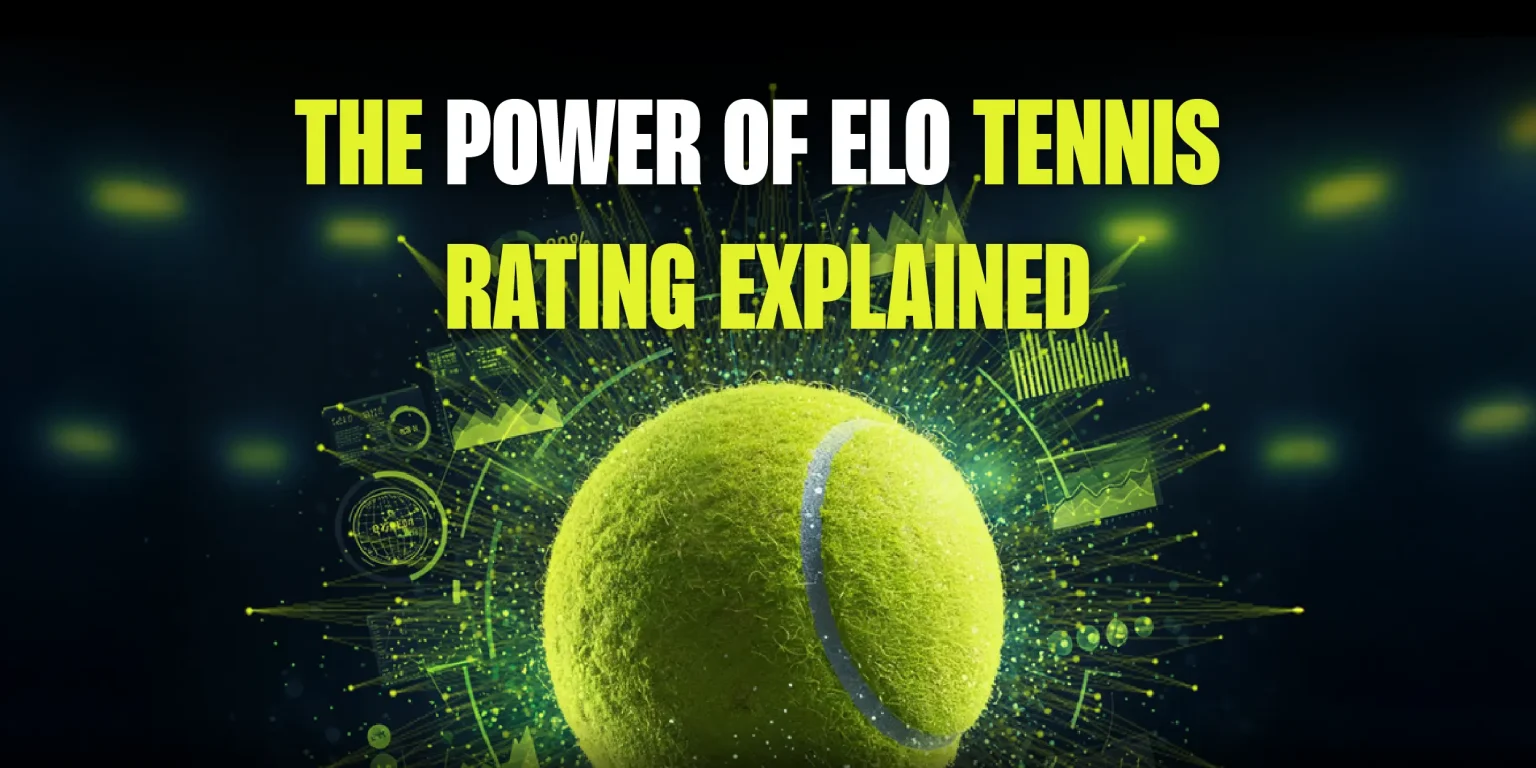HOME / BLOG

All Arpad Elo wanted was to improve how chess players were ranked in the U.S.
A physics professor and competitive chess player, Elo was part of the U.S. Chess Federation in the 1950s when it began seeking a more statistically sound ranking method. Until then, players earned points based on tournament performance relative to the average strength of their opponents — reasonable, but not without flaws. The chess world wanted something more accurate, more predictive.
By 1960, Elo’s system was adopted, and it’s still known today as the ELO Rating.
ELO is a rating system that calculates the relative strength of competitors in zero-sum games, where one player’s gain is another’s loss. Originally designed for chess, it’s since been adopted across sports like football, the NBA, NFL, and MLB.
Here’s how it works: each player enters a match with a rating based on past results. ELO uses these ratings to predict match outcomes and then updates each player’s rating based on the result.
The idea is straightforward: beat someone you’re expected to beat, and you gain a few points. Upset a much stronger opponent, and you gain significantly more – exactly the amount your opponent loses.
In other words: what matters is your opponent’s strength at the time of the match, not their name, ranking history, the tournament, or the round in which you face them.
So why does a chess rating system matter for tennis?
Because once you understand its logic, it becomes clear that ELO is often more accurate and reflective than the traditional ATP rankings. It’s also easy to see why its advanced, data-driven nature makes it a go-to metric for bookmakers and odds providers.
Match Context Doesn’t Matter
ELO cares only about who you played — not the round or the tournament. Beating a top-15 player in Round 1 of an ATP 500 in Basel is worth the same as beating them in a Grand Slam semifinal.
Self-Correcting Over Time
If a player is overrated or underrated, ELO gradually corrects it. For example, Jelena Ostapenko’s stunning Roland Garros 2017 win caused a sharp ELO spike — but it dropped as her subsequent results declined.
No 12-Month Window
Unlike ATP, ELO doesn’t “forget” points after a year. It builds continuously, capturing long-term performance trends instead of short-term volatility.
Surface-Specific Ratings
Many ELO models factor in surface types (clay, grass, hard court), improving predictions and spotlighting surface specialists.
Cross-Era Comparisons
ELO helps evaluate greatness across eras. It offers a data-driven lens to assess how great a player was, for how long, and against whom — ideal for settling debates that fuel modern sports discourse.
ELO isn’t perfect. It treats all wins and match formats equally. A best-of-3 win is weighed the same as a best-of-5, not always reflective of real difficulty.
It also doesn’t account for context like injuries or retirements. At the 2019 US Open, an injured Federer lost to Dimitrov, and ELO treated it as a clean upset. Dimitrov’s ELO soared, though the context suggested otherwise.
ELO is a powerful statistical tool for sportsbooks and odds providers. It offers an objective, reliable foundation for pricing models, especially in tennis, where official rankings often trail behind actual form. This is crucial for setting odds in early rounds, Challenger-level events, or for rising players.
Because it reflects momentum and opponent strength, ELO helps avoid overreliance on headline stats or outdated rankings. The result? More accurate markets — from outrights and head-to-heads to live odds adjustments.
There’s also a clear engagement angle. Today’s bettors are data-savvy. ELO-powered insights, like form meters, predictive graphics, or surface-specific rankings, drive more informed bets and higher engagement.
ELO’s simplicity, self-correcting nature, and ability to strip away tournament bias make it a foundational signal for odds creation. What used to be a chess innovation is now a sports betting asset — and it’s already delivering results.